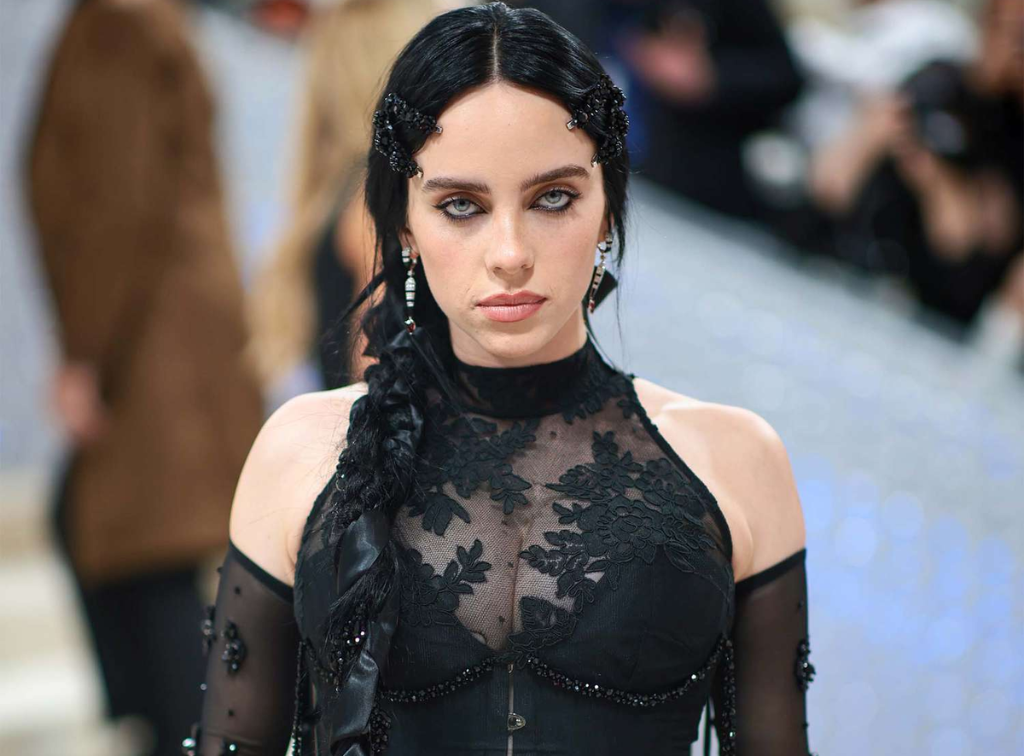
In the digital era, where everything from communication to commerce has been transformed, art has found a new frontier: the digital space. The recent surge in digital art, particularly with Non-Fungible Tokens (NFTs), has created waves in the artistic community and beyond. This isn’t just about pixels and screens; it’s about redefining value, ownership, and the very essence of art. Among the myriad of artists and celebrities navigating this new terrain, Billie Eilish stands out, not just for her musical genius but for her keen interest in the digital art realm. This piece will explore her intriguing journey in the world of NFTs and the broader implications of this digital art renaissance.
The fusion of music and technology has always spurred new forms of artistic expression. From the phonograph to streaming services, every innovation has left an indelible mark on the art world. Today, the digital art boom, led by NFTs, is the latest chapter in this ever-evolving story. As we delve deeper, we’ll uncover how Billie Eilish, a global pop sensation, has intertwined her artistic narrative with this digital revolution.
Who is Billie Eilish?
Billie Eilish Pirate Baird O’Connell, known to the world as Billie Eilish, is not just another name in the music industry. She’s a phenomenon. Born in December 2001, Eilish’s rise to stardom was meteoric. With chart-toppers like “Bad Guy” and “Ocean Eyes,” she carved a niche with her soul-stirring lyrics and eclectic mix of musical styles. Her songs, often described as a blend of pop, electronic, and indie elements, resonate with a wide audience, making her a household name.
But who is Billie Eilish beyond the music? She’s a trailblazer, an artist unafraid to push boundaries and challenge norms. Her unique fashion sense, candid interviews, and commitment to authenticity make her more than just a singer; she’s an icon for a new generation. Eilish’s forward-thinking approach extends beyond music, encompassing a broader artistic vision that includes a keen interest in the confluence of art and technology.
Billie Eilish NFT History
The realm of NFTs, representing one-of-a-kind digital assets authenticated via blockchain, has become the art world’s newest frontier. These aren’t just digital images or animations; they’re unique pieces of art, each with its own story and value. As the NFT landscape expanded, artists from various fields saw an unprecedented opportunity. Musicians, in particular, viewed NFTs as a chance to offer fans a novel experience: owning a singular digital artifact that connects them to their favorite artist in a profound way.
Billie Eilish, ever the innovator, embraced the NFT wave with gusto. Collaborating with renowned digital artists, she unveiled a series of limited edition NFTs, encapsulating moments from her iconic music videos and abstract interpretations of her tracks. For Eilish, this wasn’t merely a business venture; it was an artistic endeavor, a new medium to express and connect. However, the NFT journey is complex. While it opened up new artistic avenues, it also sparked debates, especially concerning the environmental impact of blockchain and the exclusivity inherent in high-priced digital art.
Final Thoughts
The fusion of art and technology, exemplified by the rise of NFTs, is a testament to the ever-evolving nature of human expression. As artists explore this new medium, they’re not only creating art but also redefining its very essence in the digital age. Billie Eilish’s foray into the NFT world underscores the potential of this convergence. Her digital collectibles are more than mere tokens; they’re a bridge between the artist and the audience, a new form of engagement in an increasingly digital world.
As we stand at this intersection of art, music, and technology, it’s exhilarating to ponder the future. The digital art boom, with pioneers like Eilish leading the charge, promises a vibrant future for artistic expression. While challenges remain, from environmental concerns to issues of accessibility, the potential for innovation is boundless. The digital art revolution is not just a fleeting trend; it’s a paradigm shift, heralding a new era of creativity and connection.
